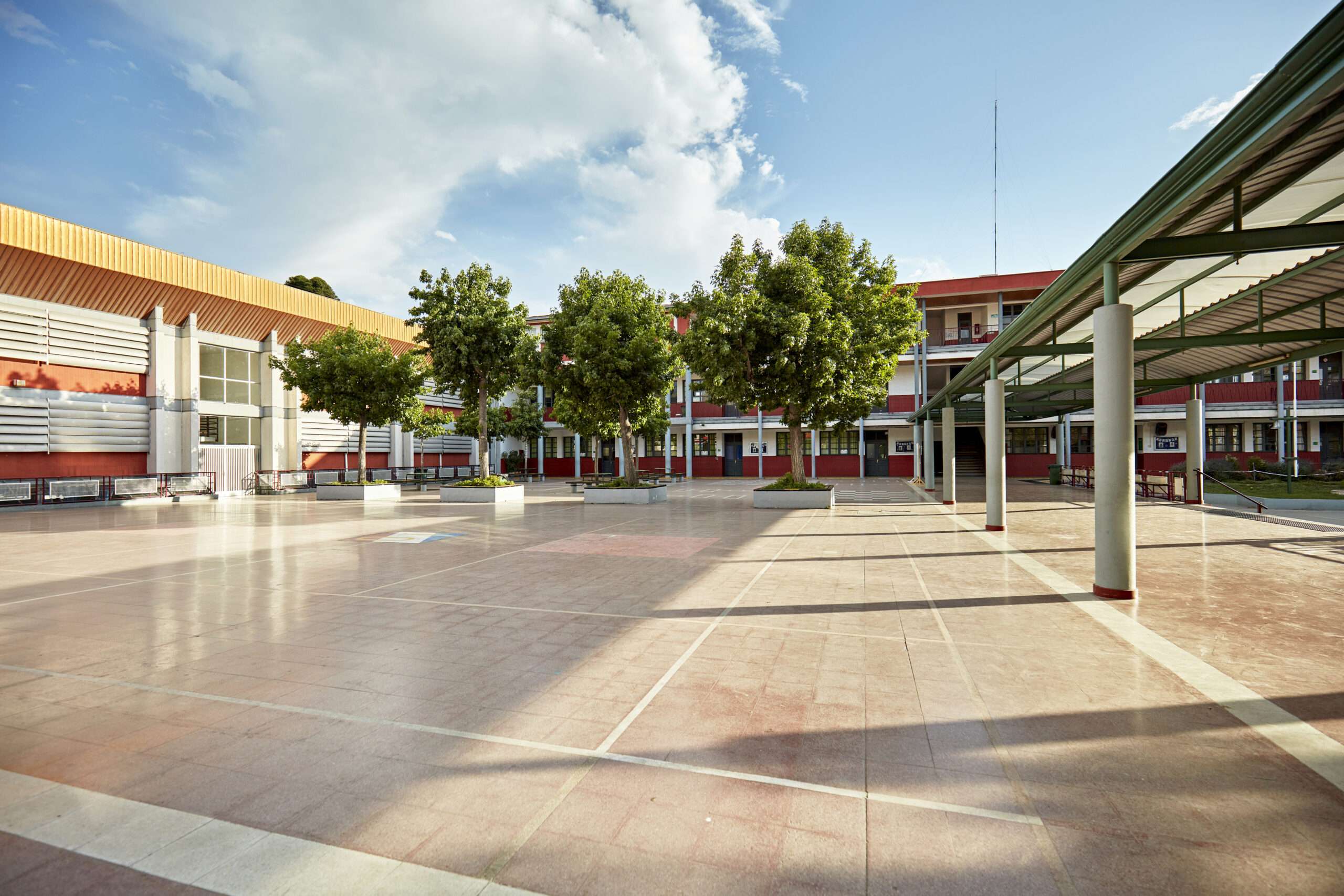
Over a year ago, Texas families were confronted with an unimaginable tragedy when nineteen defenseless third- and fourth-grade students and two educators were brutally murdered in a violent shooting at Robb Elementary School in Uvalde. This event occurred four years after the 2018 tragedy at Santa Fe High School in Santa Fe, Texas, which prompted the 86th legislative session in 2019 to make school safety an emergency item. The Texas Society of Architects responded to this discussion by establishing a School Safety Subcommittee, comprising representatives from some of the state’s top education design firms, to assist in finding ways to improve school safety and become a resource to legislators.
In 2019, the Texas Legislature passed comprehensive school safety and mental health legislation to make schools safer for students, educators, and staff. Following the 88th legislative session held this year, Texas legislators have implemented comprehensive school safety measures, including creating a safety and security department within the Texas Education Agency (TEA), establishing regional safety teams, requiring an armed person at every school district or open enrollment charter, and more. Architects and designers aid this effort by implementing research-based design strategies to create safer and more secure learning environments.
Protecting the health, safety, and welfare of the public is vital to the profession of architecture. The School Safety Subcommittee has created multiple documents with the purpose of incorporating language from them into the State’s overall dialogue and response. The subcommittee’s official position can be found at the TxA website. Architects are an important voice in understanding the impact of physical security layers on the physical environment, as the rules proposed by the TEA look to address a standard for physical security layers.
The subcommittee has defined several fundamental truths: First, needs differ by community, so responses must be determined locally. Second, the broadest possible community input is critical when those decisions are being made. And third, whatever choices are made, additional resources will be required for adaptability for future needs. Buildings alone cannot solve gun violence. Architects must create spaces that engage students, balance creating welcoming environments that celebrate students while using all the tools and technology available to keep students safe.
The Texas Society of Architects included the following as a part of the 2023 legislative agenda regarding school safety: “Through our ongoing work to promote best practice standards for the design and construction of school facilities, we are committed to providing the best guidance possible on how school districts and charter schools might improve school safety in existing facilities and in the design of new facilities, while maintaining open and positive learning environments.”






